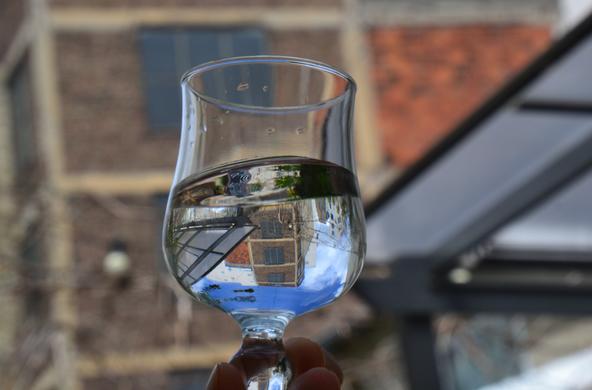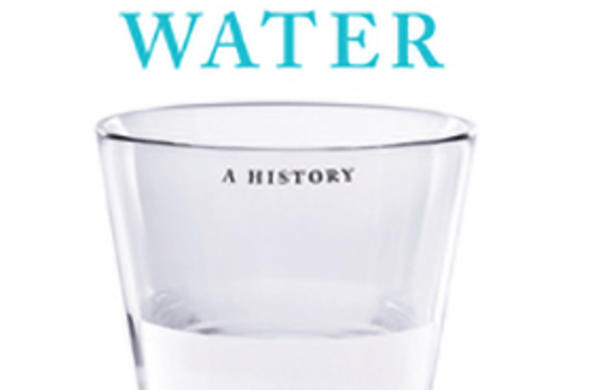What does new science tell us about the risks to drinking water?
Most Poughkeepsie Journal readers are aware New York state has rich natural gas reserves. Accessing them requires using a controversial extraction process called hydraulic fracturing (more commonly "hydrofracking"), which involves injecting a solution of chemicals, silica and a great deal of water into shale boreholes to release trapped gas.
Environmentalists and homeowners have raised concerns about the effects of hydrofracking. These concerns range from noise pollution, property devaluation and greatly increased truck traffic on rural roads to well water contamination. Fears have been fueled by the documentary film "Gasland," which featured footage of homeowners near fracking sites who were able to set fire to the water coming out of their kitchen taps.
In a series of websites and blogs, the natural gas industry has claimed that fiery taps are the result of methane gas that occurs naturally in shale-rich areas conducive to hydrofracking. They've also noted that since the wells featured in "Gasland" were not tested prior to hydrofracking, it is likely that flammable hydrocarbons were always present.
The debate has been acrimonious. After all, there's been little scientific evidence on either side. Just anecdotal stories from homeowners whose wells became flammable and useless after hydrofracking. And plausible claims from gas-drilling companies that flammable hydrocarbons could occur in the absence of hydrofracking.
Enter science.
In a recent paper in the Proceedings of the National Academy of Sciences, scientists from Duke University have shown that in both New York and Pennsylvania, the likelihood of a drinking water well being contaminated by methane is much higher when the well sits near an active hydrofracking site.
Wells more than a kilometer from hydrofracking sites had low methane concentrations (about 1 mg/liter, which poses no threat), while wells closest to hydrofracking sites had methane concentrations 20-60 times higher. Not only are wells at the high end of contamination an explosion hazard, but according to the U.S .Department of the Interior, once they exceed 30 mgs/liter — they require mitigation.
In the study, dangerous methane levels were recorded only once in a well situated more than a kilometer away from hydrofracking activity. On the flipside, there were 14 wells with elevated methane within a kilometer of hydrofracking activity, and 10 of these wells had methane levels well above 30 mg/liter.
It is also true that some of the wells near hydrofracking did not have high methane concentrations. So what the study shows is that there is a strong likelihood hydrofracking may cause significantly elevated methane concentrations in some — but not all — drilling situations.
Does this study prove that hydrofracking causes dangerously high levels of methane in drinking water wells?
The type of science used here is called correlation. The authors were able to relate the concentration of methane in drinking water wells with their distance from hydrofracking operations. This is strong but imperfect evidence. It is similar to the evidence that lung cancer risk increases with tobacco use. Not every smoker gets lung disease. Nevertheless, the correlative evidence for smoking is that it increases the risk of lung disease to populations of smokers.
What does this study mean for the regulation of hydraulic fracturing in New York state?
First of all, the Proceedings of the National Academy of Sciences is an unbiased, esteemed, peer-reviewed scientific journal. It is not influenced by groups who support or who are opposed to hydrofracking. This means the science, unlike blogs or movies, can be trusted. Clearly we need more studies. But this study strongly suggests that until the methane contamination concerns can be disproven by further work — hydrofracking should not be allowed in New York state.
We hope that regulators read the paper.





